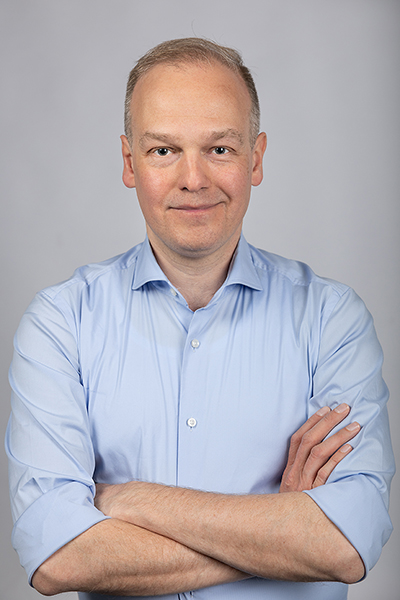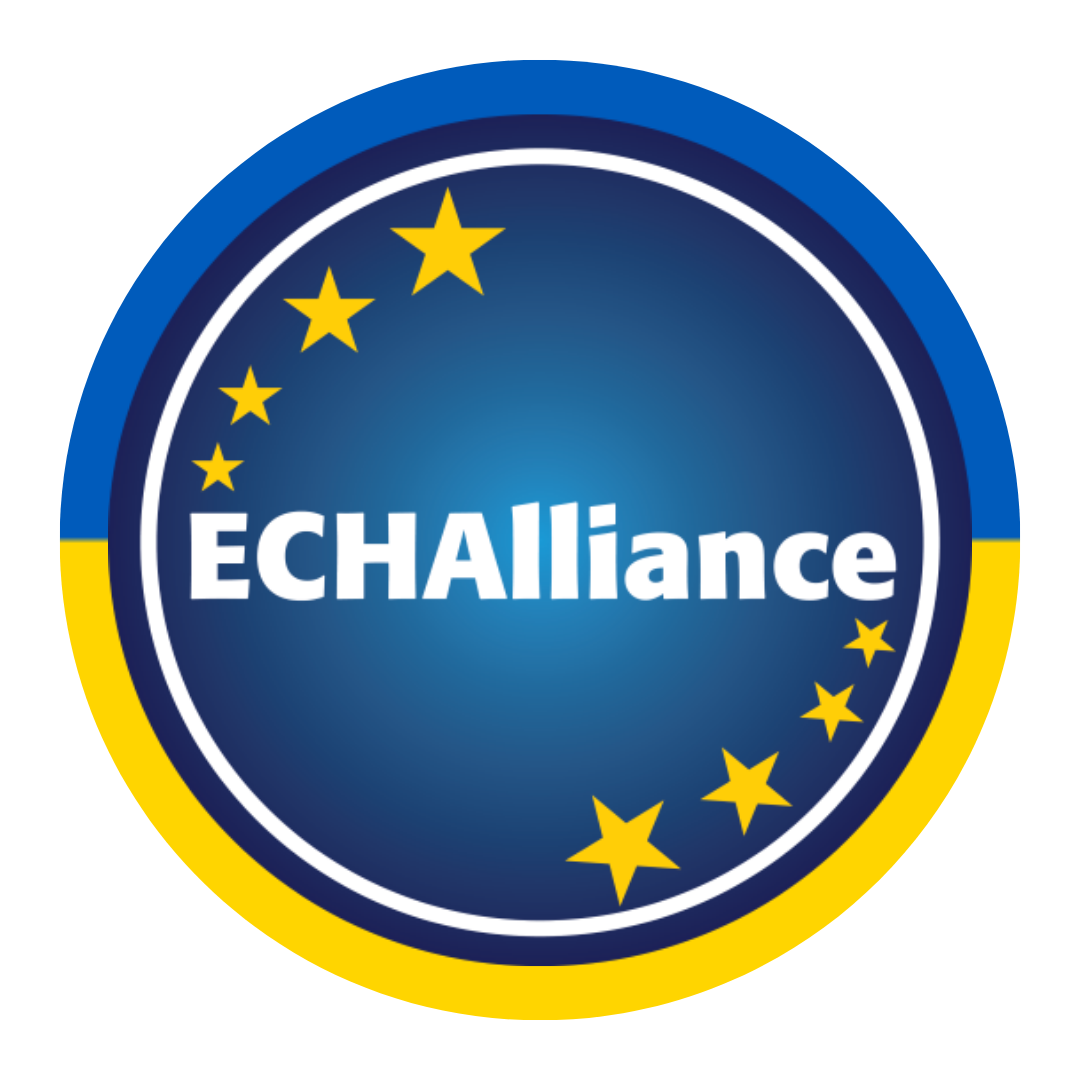Digital Health Village: How Helsinki empowers healthcare professionals to improve care
In Finland, doctors and nurses have pioneered in creating over 400 digital care pathways for treating patients. Other countries are now looking to replicate the model.
HUS Helsinki University Hospital is the core of Finland’s national healthcare system, treating some 700,000 patients each year. In specialist fields, such as children’s heart surgery and organ transplants, patients come to HUS from all over Finland.
As a university hospital, HUS is also deeply involved in research and plays a significant role in training Finland’s future clinicians. Newsweek magazine has named HUS as one of the world’s best hospitals, ranking it 39th out of top 250 facilities in 2023.
HUS Helsinki University Hospital has a strong track record of embracing digital initiatives to improve health outcomes.
HUS has a strong track record of embracing digital initiatives to improve health outcomes. Many of its services have been combined in the Digital Health Village – a web-based platform for providing patient care. The platform has been designed in collaboration between HUS and Finland’s four other university hospitals.
There are three core elements to the Digital Health Village:
1. An open-access website for the general public. Care professionals from 33 treatment hubs contribute to a health-information library that the public can use for self-care.
2. A portal for healthcare and social-services professionals. Tools for online training, research, diagnosis, treatment, and peer-to-peer collaboration.
3. Digital care pathways. Web-based services that referred patients can use to support the specialised treatment they are receiving.
Clinicians for content, cloud architecture for scale and reach
Thousands of professionals and patients from across Finland access the Health Village every day. The platform’s success is attributed to the way it’s designed to facilitate collaboration – both between care providers and with patients – as well as how it allows medical professionals to develop services themselves.
“More than 400 digital care pathways are now provided through the platform,” says HUS Development Manager Nyrki Rantonen.
“The key to this growth is that clinicians themselves can build the pathways, instead of needing an IT team to do the work. We created modular building blocks like a box of Lego pieces that can be put together in different ways to create different paths.”
“We’ve been able to develop and scale up the platform as it’s built using Microsoft Azure cloud architecture. Maintenance is done in the cloud and it scales automatically. We could never have achieved this by hosting on local servers,” Rantonen says.
“Here in Finland we’re very positive about cloud services and Microsoft Azure is a well-known technology that can be operated from anywhere. This is also how we can replicate the platform in other countries.”

Nyrki Rantonen, HUS Development Manager
More than 400 digital care pathways are currently provided. The key is that clinicians themselves can build the pathways.
One of the services for healthcare professionals that’s getting international attention is a wound navigator.
A branching-tree structure asks the care provider a series of questions that get more specific with each step, until a treatment plan is suggested. Widely used across Finland, the service has been developed to such a high level that it has received the European CE-mark for medical devices. Now the HUS team is looking at ways to share the knowledge abroad.
“We’re currently in discussions with the European Wound Management Association to host their own version of the wound navigator for their EU members. This would mean the service could be brought to an audience of several million people,” says Rantonen.
Another tool that’s popular among Finnish healthcare professionals is an e-consultation service that brings primary-care doctors together with specialists in different fields. Patients can often consult with two doctors at the same time.
Digital care paths reduce the care burden
The digital care paths – the third element of the platform – provide support for several groups of patients.
Operative care paths are for people who need guidance for a limited period of time, often prior to visiting a hospital for an operation. The paths explain how to prepare for the operation and what to expect in terms of recovery time.
Care paths for chronic-disease patients are designed to support long-term treatment and symptom management. These paths are aimed at helping to reduce the need for hospital visits, which is beneficial for both the patient and the healthcare system.
“When you have a chronic disease, self-treatment at home really improves your quality of life. This is especially important in sparsely populated countries such as Finland, where people may need to travel 200 kilometers or more to get to a big hospital,” says Rantonen.
HUS also offers digital care paths to support specific goals, such as losing weight and maintaining mental health. Diaries, interactive quizzes and other exercises encourage engagement and target setting.

Digital Health Village
Opening APIs and going international
For the next phase of development the HUS team is looking at ways to incorporate services for remotely monitoring blood pressure, blood glucose and other key measurements.
“Not all patients are motivated enough or have the technical skills to record this data, so remote monitoring is beneficial. The challenge is that medical devices are made by many different manufacturers, each with their own APIs,” says Rantonen.
“We’re now planning the technical architecture that will allow us to build a centralised way of gathering this device data. We would also like to open up our own APIs to third parties.”
What we’ve done can save other healthcare systems many years of work. The technology is replicable anywhere and many of the treatment pathways are the same.
HUS is working through a network of international partners to explore opportunities for commercial collaboration outside of Finland.
“We are happy to do a pilot of the solution in any country. The technology is 100% replicable anywhere, many of the treatment pathways are the same, and the content can be localised. What we’ve done can save other healthcare systems many years of work,” says Rantonen.
“Digital healthcare solutions are usually aimed at a particular patient group or treatment challenge. But the Digital Health Village is all encompassing. We have not seen anything else on this scale.”
Discover more about Finland Health Capital Helsinki Ecosystem
Health Capital Helsinki is helping Helsinki Metropolitan to become a leading European city focused on innovation and health improve the people’s well-being. We boost collaboration within the Helsinki Metropolitan health ecosystem, enable research teams to become companies and innovation-driven startups to grow, promote our unique ecosystem and attract foreign companies to establish their businesses in Helsinki area.


